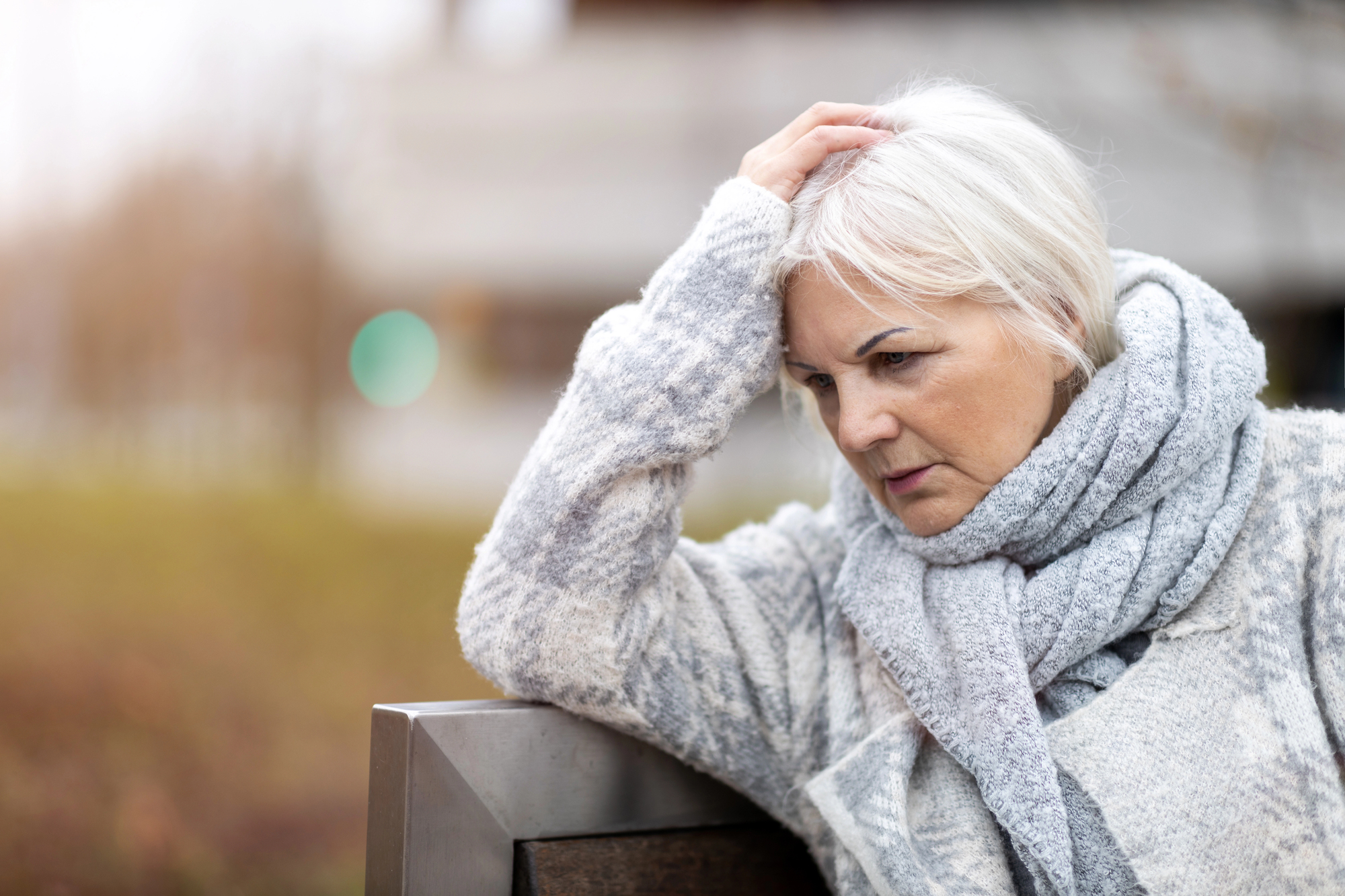Seasonal Affective Disorder (SAD) is a form of depression that typically occurs during the fall and winter months when daylight hours are shorter. While people of all ages can be affected, seniors are particularly vulnerable due to several age-related physical, emotional, and social changes. Understanding how SAD manifests in older adults and what can be done to help is essential in supporting their mental and emotional health during the darker months of the year.
SAD is more than just the “winter blues.” It is a clinical condition linked to changes in sunlight exposure, which can disrupt the body’s circadian rhythms and lead to a drop in serotonin and melatonin levels—two brain chemicals associated with mood and sleep. Seniors may already be experiencing changes in sleep patterns, social roles, and physical health, all of which can amplify the effects of SAD. Furthermore, older adults often spend more time indoors, especially during cold or icy weather, leading to even less exposure to natural light. This reduction in light can deeply affect their mood and sense of well-being.
Symptoms of SAD in seniors can mirror those of general depression but often include additional complications. These symptoms may involve persistent sadness, fatigue, loss of interest in previously enjoyed activities, difficulty concentrating, changes in appetite, weight fluctuations, and disrupted sleep. For older adults, these signs may also be misinterpreted as simply part of aging or side effects of medication, which can delay proper diagnosis and treatment. Caregivers and healthcare professionals must be especially attentive to mood and behavior changes in seniors during the winter months to identify potential cases of SAD.
Social isolation is another significant contributor to the onset and severity of SAD in seniors. As daylight wanes and the weather becomes less inviting, older adults may find themselves less inclined to participate in community activities, visit friends, or even go outside for a walk. Limited mobility, chronic health issues, and a reduced social circle—often due to the loss of peers or a spouse—can make the winter season particularly lonely. This sense of isolation exacerbates depression and can lead to a decline in both mental and physical health.
Despite the challenges, several effective treatments and lifestyle adjustments can help seniors manage and even prevent Seasonal Affective Disorder. One of the most widely recommended interventions is light therapy. This involves using a special light box that mimics natural sunlight, helping to regulate circadian rhythms and boost serotonin production. Sitting near a light box for about 20 to 30 minutes each morning has shown significant improvements in mood for many people with SAD. It’s essential, however, for seniors to consult their doctors before starting light therapy, especially if they have eye conditions or take medications that increase light sensitivity.
Maintaining a regular routine is another important strategy in combating SAD. Waking up and going to bed at the same time each day, eating regular meals, and scheduling daily activities can help seniors maintain a sense of purpose and structure. Even modest physical activity, such as stretching, walking indoors, or participating in chair yoga, can lift mood and energy levels. Exercise stimulates the production of endorphins, which are natural mood enhancers.
Encouraging social connection is also key. Seniors should be supported in staying engaged with friends and family, whether through in-person visits, phone calls, or video chats. Community centers, faith-based organizations, and senior groups often offer winter programming tailored to help combat loneliness and isolation. Volunteering or engaging in a hobby—like knitting, painting, or writing—can also provide a sense of accomplishment and joy.
Nutrition plays a critical role in mood regulation. Seniors experiencing SAD should aim to eat a balanced diet rich in fruits, vegetables, whole grains, and lean protein. Foods high in omega-3 fatty acids, such as salmon and flaxseeds, have been shown to support brain health and combat depression. Avoiding excessive sugar and processed foods can also stabilize mood and energy levels. Vitamin D supplements, often recommended in northern climates where sunlight is limited in winter, may help support overall well-being, though seniors should consult with a healthcare provider before beginning any new supplements.
Mental health counseling and medication may also be appropriate for some seniors dealing with SAD. Cognitive-behavioral therapy (CBT), a type of talk therapy, has been particularly effective in helping individuals challenge negative thoughts and develop coping strategies. In more severe cases, antidepressant medications may be prescribed to help balance brain chemistry. Seniors already taking medication for other conditions should work closely with their doctors to avoid interactions and monitor side effects.
Environmental adjustments can also make a difference. Opening curtains during the day to let in as much natural light as possible, sitting near windows, and decorating living spaces with bright, cheerful colors can help create a more uplifting atmosphere. Spending time outside when weather permits—even just a short walk—can also improve mood. For those in colder climates, brief outdoor outings on sunnier days can be especially beneficial.
Seasonal Affective Disorder is a serious and often overlooked condition that affects many seniors each year. It can lead to significant emotional and physical decline if left unaddressed. However, with awareness, timely intervention, and the right combination of lifestyle changes and professional support, seniors can manage SAD effectively and maintain a good quality of life during the darker seasons. Families, caregivers, and community organizations all play a vital role in helping seniors stay connected, active, and emotionally well throughout the year. By bringing light—both literal and figurative—into the lives of older adults, we can help them navigate winter with strength and optimism.


